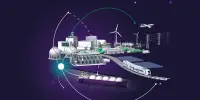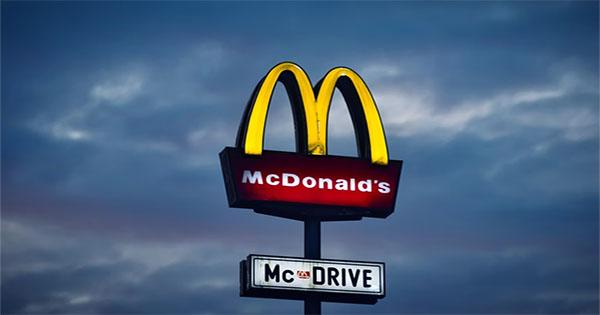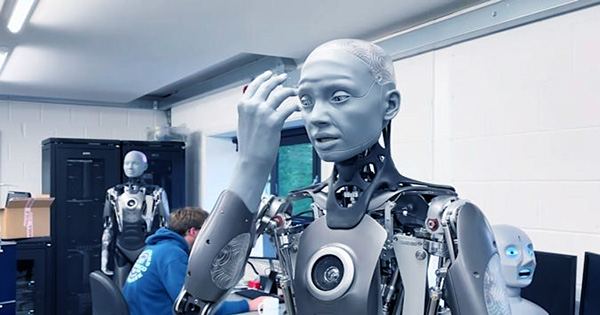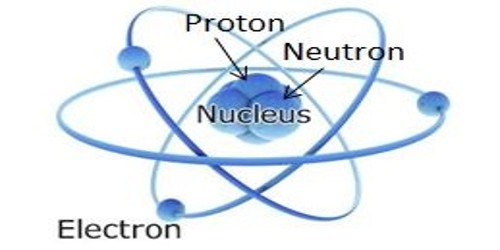Concentrator photovoltaics (CPV) is a photovoltaic technology that produces electricity from sunlight. It is a method of turning sunlight into electrical power via photovoltaic (PV) cells. Unlike traditional photovoltaic systems, it uses lenses or curved mirrors to direct sunlight to small, extremely efficient multi-junction (MJ) solar cells.
Furthermore, solar trackers and, in rare cases, a cooling system are commonly used in CPV systems to improve efficiency. Unlike standard flat-plate PV systems, CPV systems use lenses or mirrors to direct sunlight to compact, high-efficiency solar cells. This concentration of sunlight enables CPV systems to attain better conversion efficiencies than traditional PV systems.
Basic Principle of CPV
The primary idea behind CPV is to increase the intensity of sunlight incident on PV cells by concentrating it with optical components. These optical components can be lenses or mirrors that direct sunlight to small, high-efficiency solar cells comprised of materials such as gallium arsenide (GaAs) or multijunction solar cells.
High-concentration photovoltaic (HCPV) systems have the highest efficiency of any existing PV technology, hitting up to 40% for manufacturing modules and 30% for systems. They enable a smaller photovoltaic array, which has the potential to reduce land use, waste heat and material, and overall system costs. Annual CPV installations peaked in 2012 and have declined to near-zero levels since 2018, owing to faster price drops in crystalline silicon photovoltaics. In 2016, cumulative CPV installations reached 350 megawatts (MW), less than 0.2% of the global installed capacity of 230,000 MW that year.
There are several advantages to CPV systems:
- Higher Efficiency: By concentrating sunlight onto small cells, CPV systems can achieve higher efficiency in converting sunlight into electricity compared to traditional flat-plate PV systems.
- Space Efficiency: Because CPV systems use smaller solar cells, they require less space per unit of electricity generated, making them suitable for installations where space is limited.
- Reduced Material Usage: CPV systems use fewer semiconductor materials compared to traditional PV systems, which can lead to cost savings, especially for high-efficiency solar cells like those made of gallium arsenide.
However, CPV systems also have some challenges:
- Complexity: CPV systems are more complex than traditional PV systems due to the need for precise tracking of the sun and the use of optical components for concentration.
- Tracking: CPV systems require tracking systems to follow the sun’s movement throughout the day, which adds to the complexity and cost of installation.
- Cost: While CPV systems can attain better efficiency, they are typically more expensive to build and install than regular PV systems, especially for small-scale applications.
Overall, CPV technology has the potential to increase solar power generating efficiency and save space, especially in areas with a lot of direct sunlight. However, further progress is required to cut costs and increase reliability, making CPV more competitive with traditional PV technologies.
















